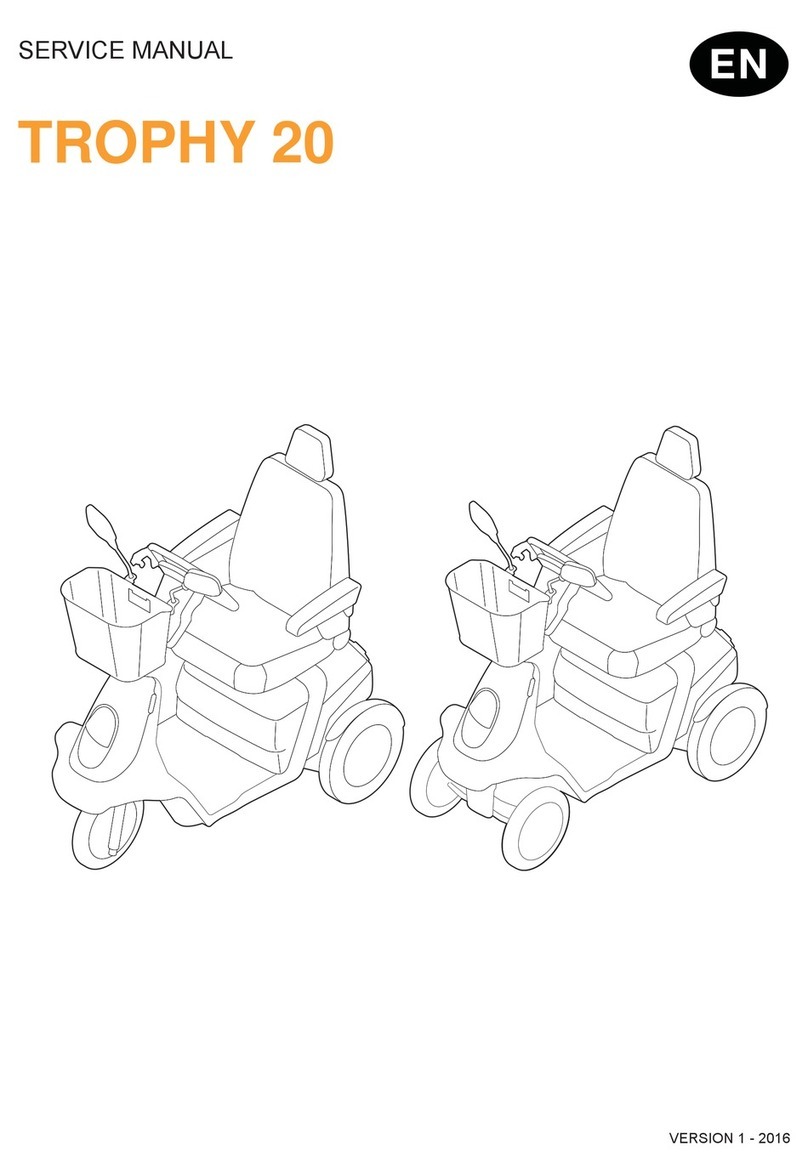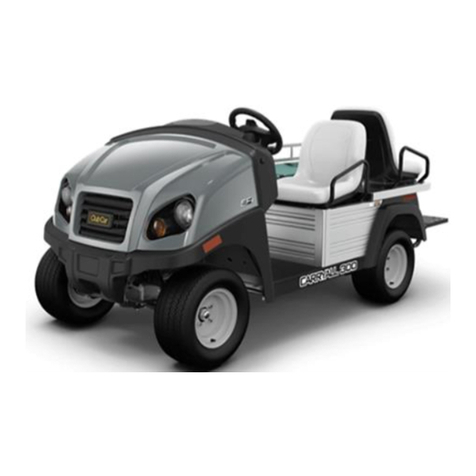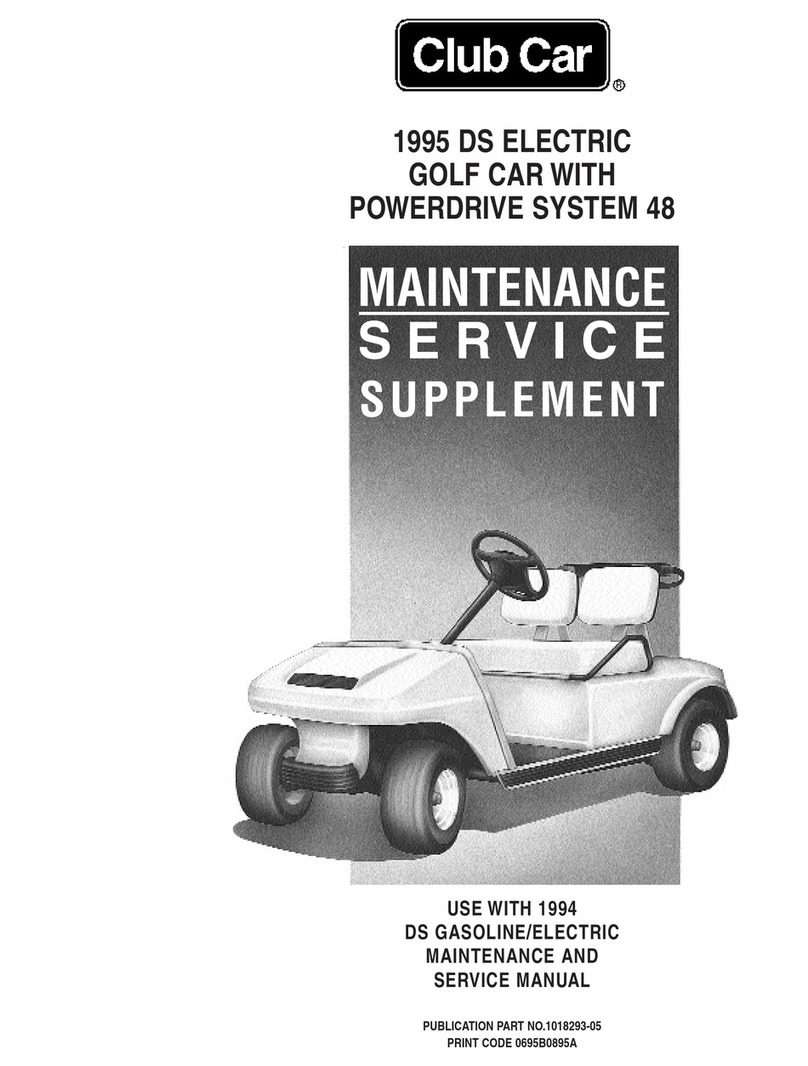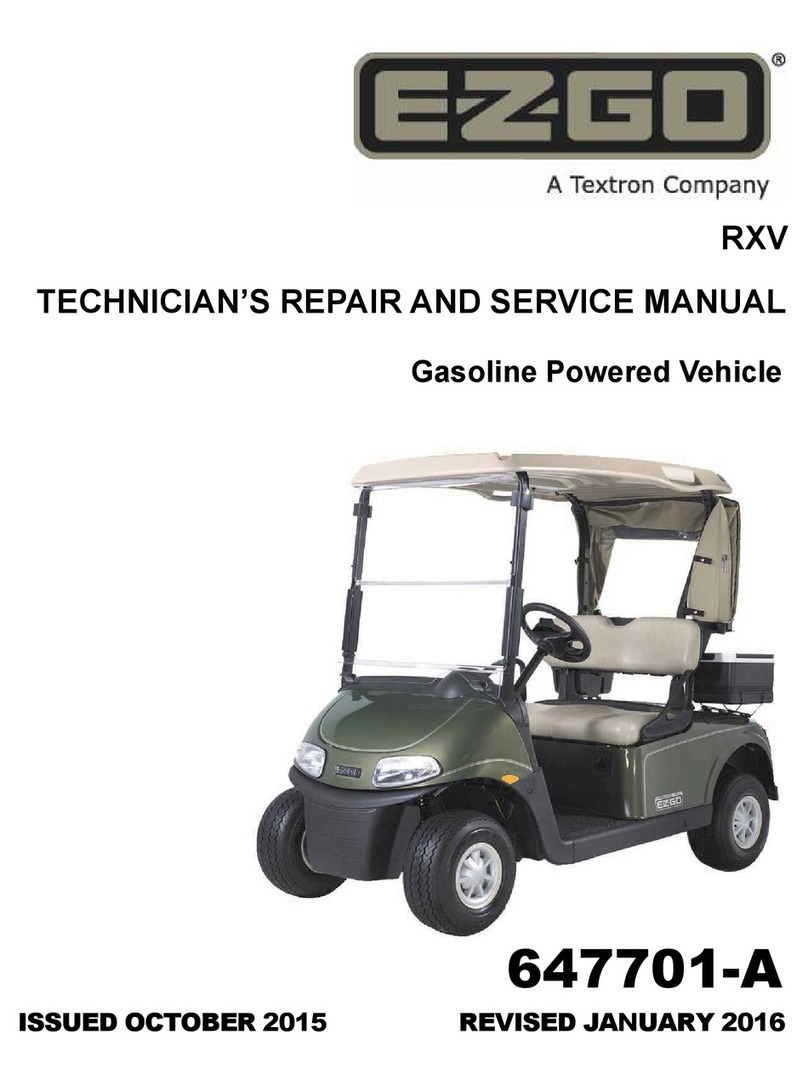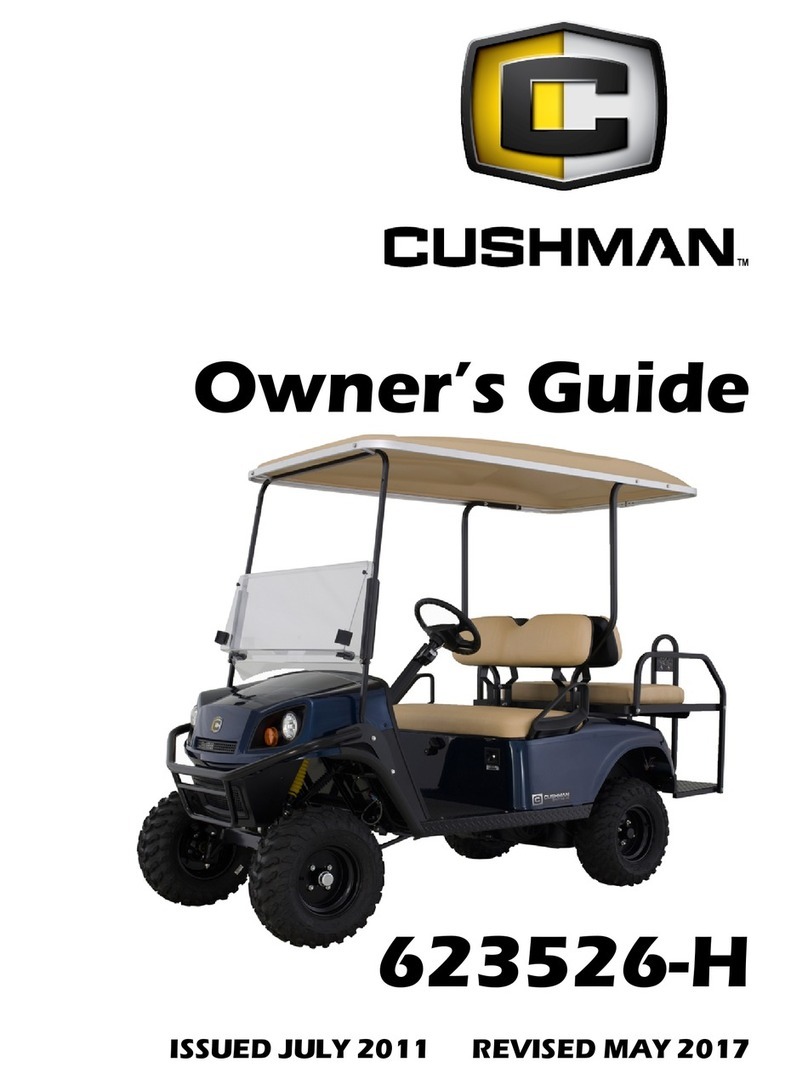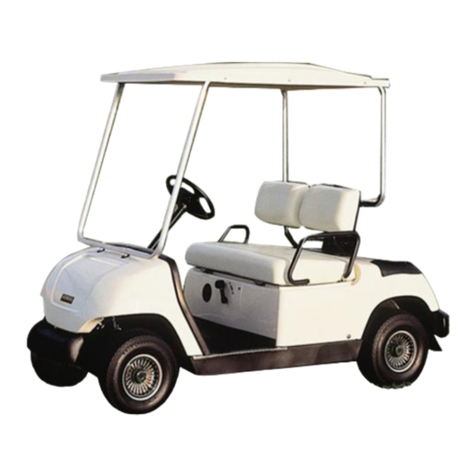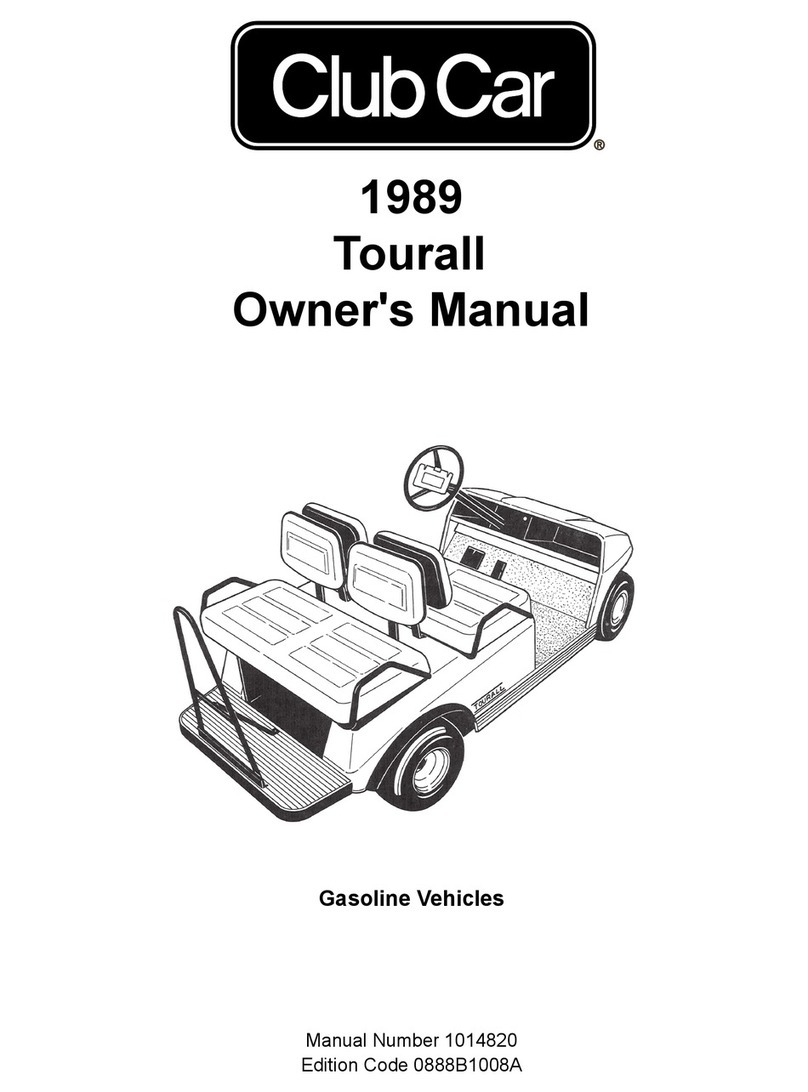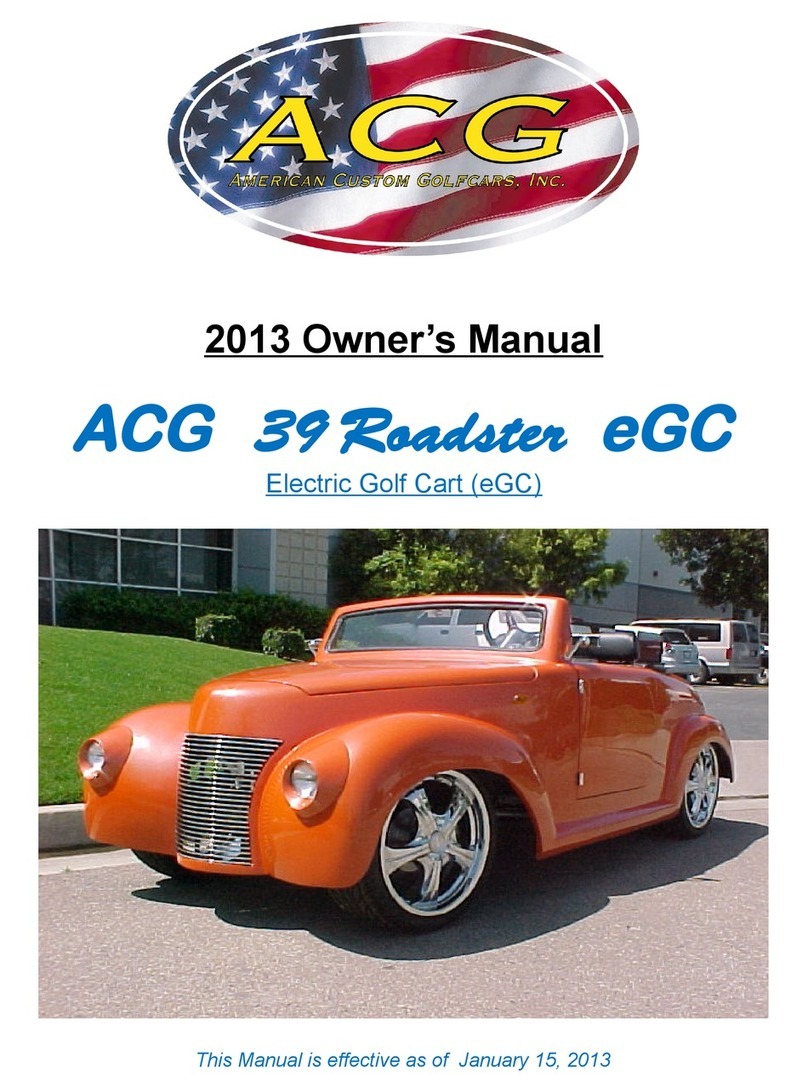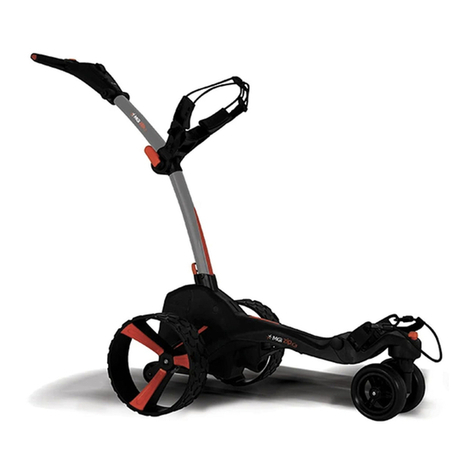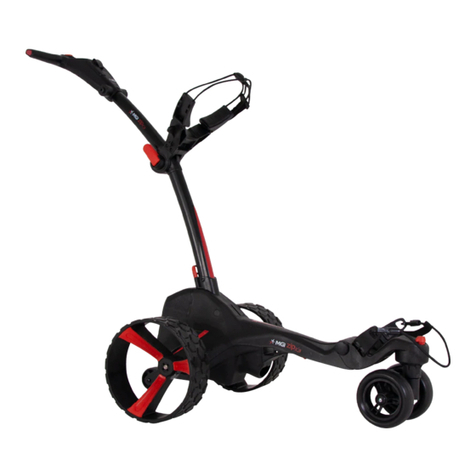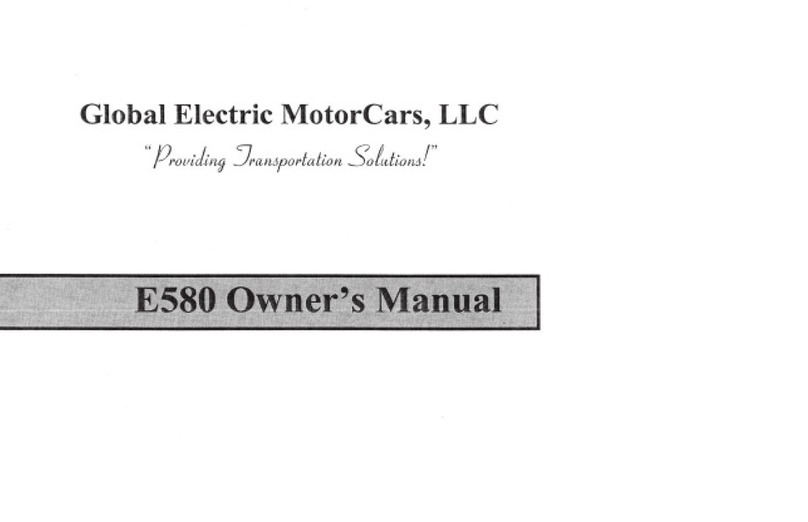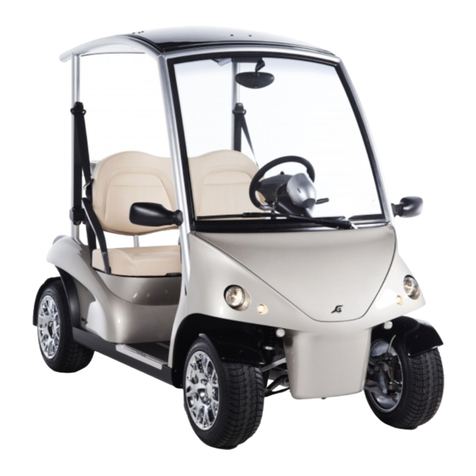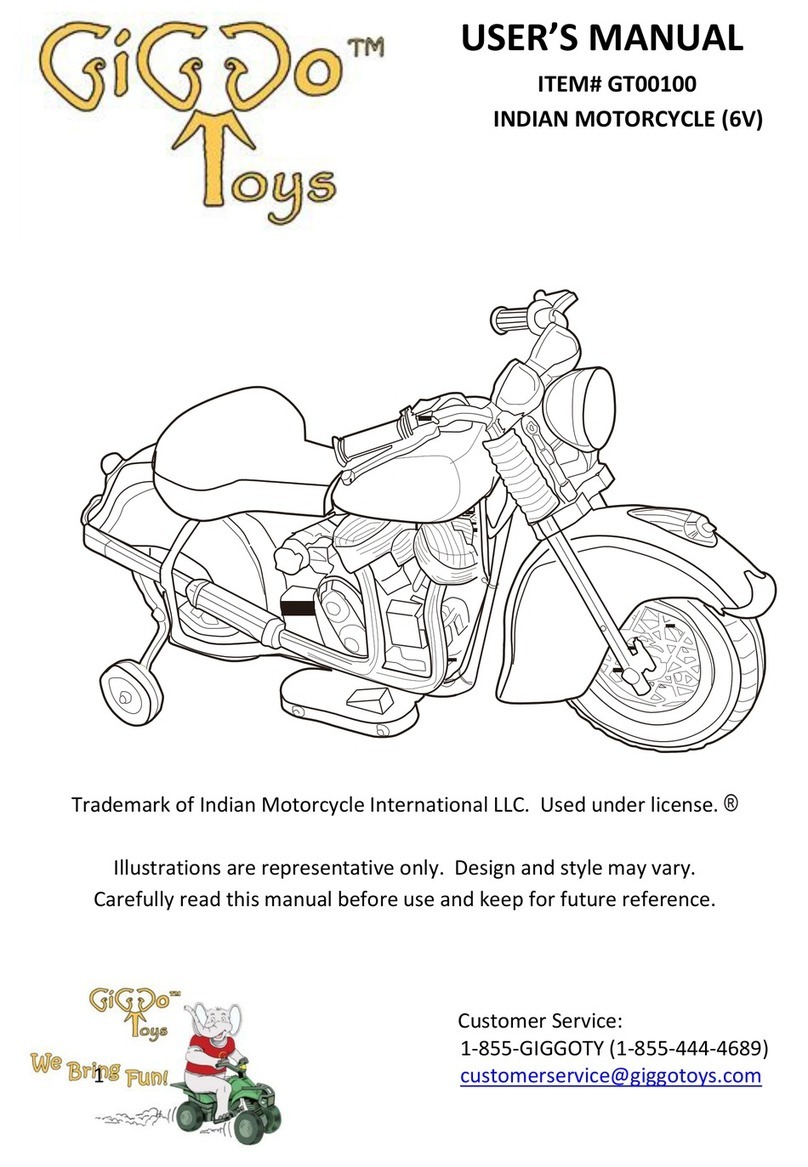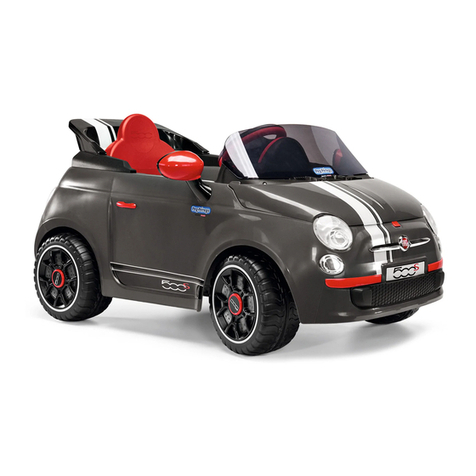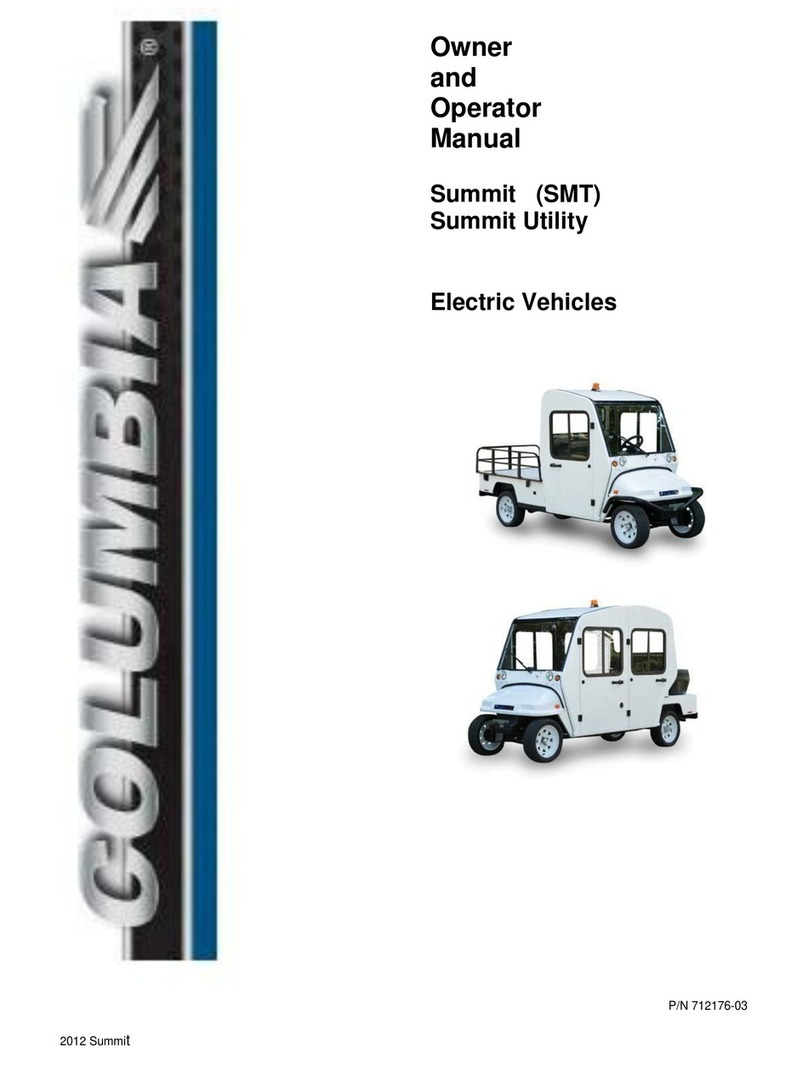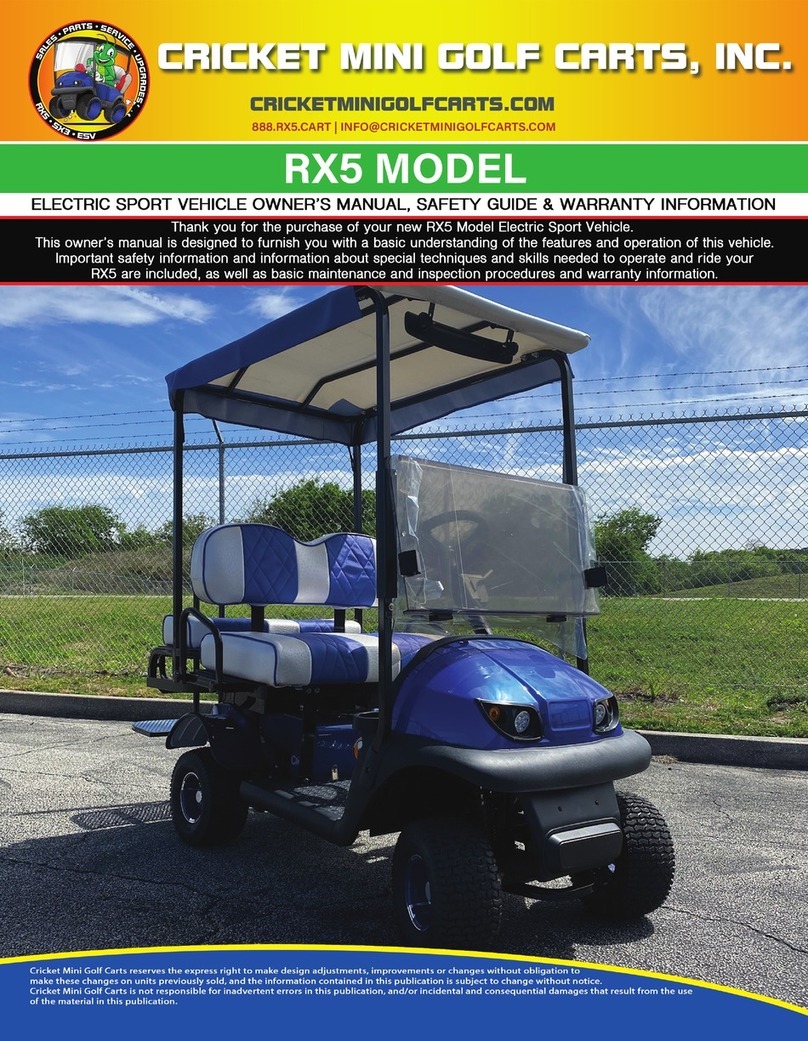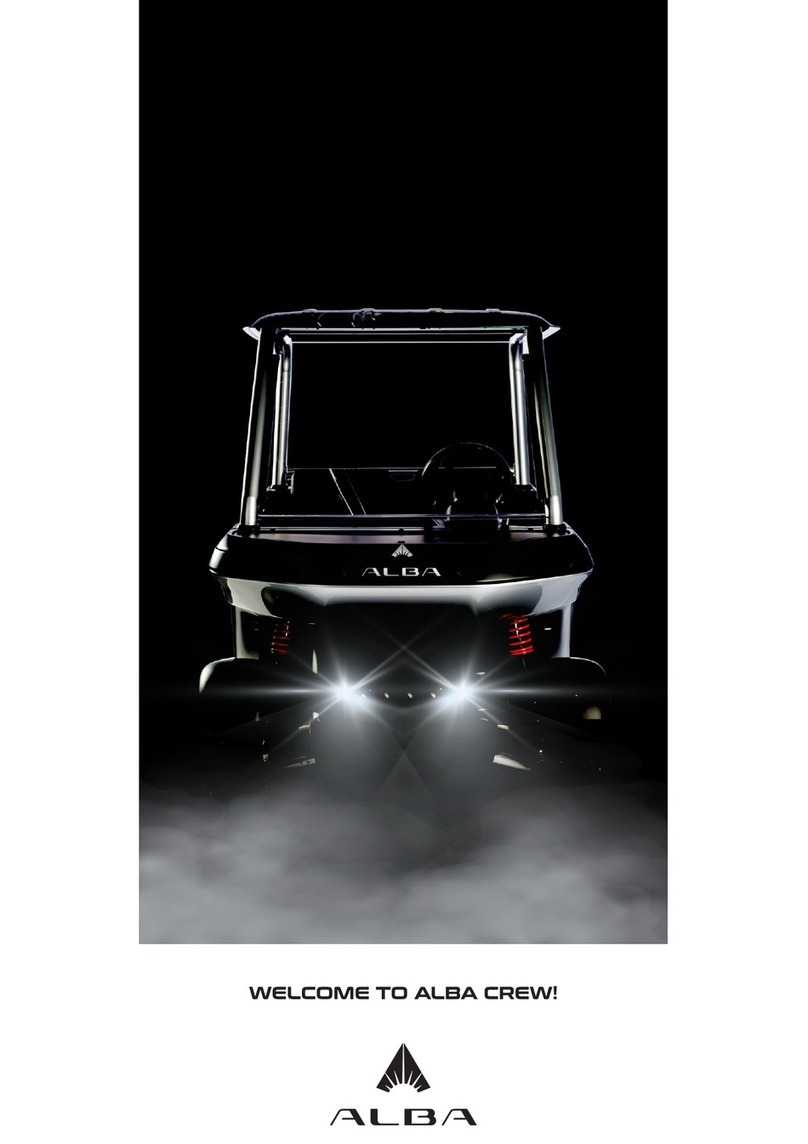ATOMIC ELECTRIC VEHICLES
[2]
Preface
◆Thank you for choosing Atomic Electric Vehicles.
◆Please read this manual carefully before driving the vehicle. From here you can get the
essential information about the vehicle handling and maintenance which will be helpful for
your safe driving, traffic safety, and maintenance.
◆If you want to resell your vehicle, please attach this manual with it because it is an
important part of the vehicle.
◆Please do not modify your vehicle, modification will affect the performance of the
vehicle, in particular the safety and durability, and may even violate state regulations.
Any the modification of the vehicle could affect performance or cause degradation. This
could also impact the scope of the vehicle's warranty.
◆When you buy the products, you can choose different configuration models. This
manual describes all the models and configurations of the same series. Therefore, please
understand that this manual includes other types of configurations that may not be
installed on your vehicle.
◆There will always be an ongoing process to find ways to improve the vehicle structure,
configuration and performance of spare parts. This is also designed to ensure the
company's products have a higher security and superior quality. But ongoing changes
cannot completely avoid errors in this manual. Thank you for understanding. The company
reserves the right to make changes without notice, and remind you that any data,
illustrations and descriptions in this manual shall not be the basis for the claim. If you have
any questions to inquiry, the company will be happy to serve you at any time.
◆Please take a vehicle out for a test drive on an appropriate specified area or factory
field.

